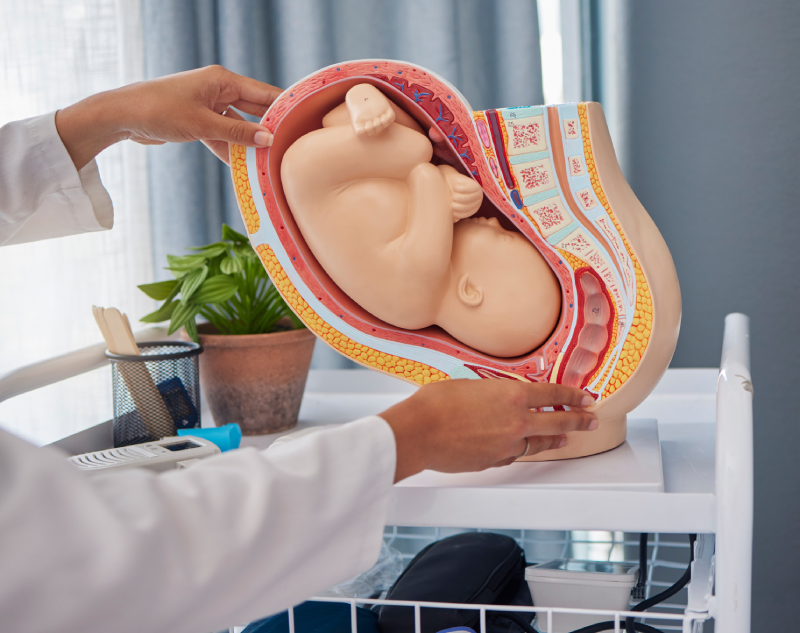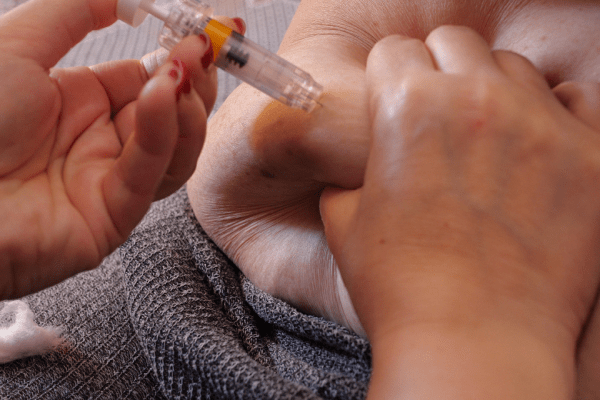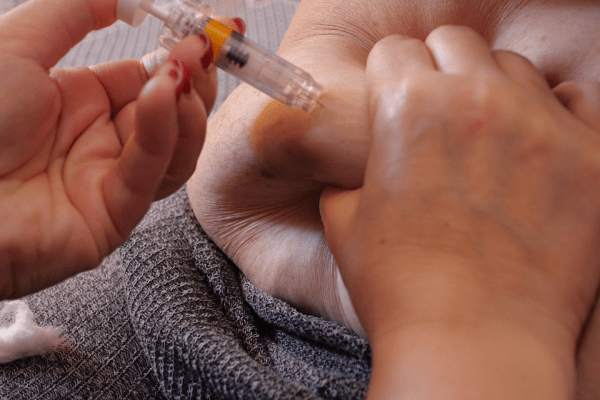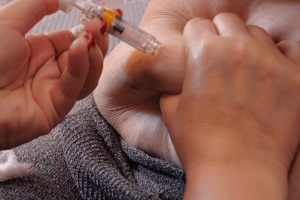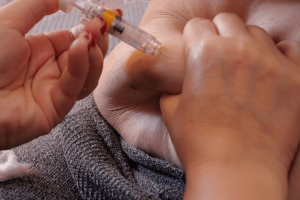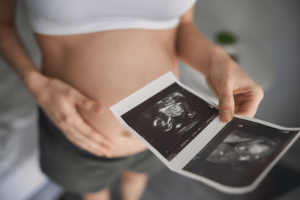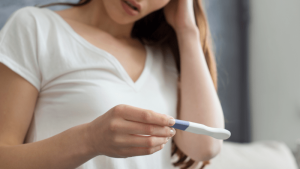Symptoms of In Vitro Fertilisation – How Can I Tell If IVF Failure?
Symptoms of Failure After IVF Transfer
When embryo transfer takes place during IVF treatment, an exciting process begins for couples. Of course, during this process, most couples expect some conditions that may indicate pregnancy after embryo transfer. Many patients believe that their treatment is unsuccessful if there are no symptoms. Especially when complaints similar to menstrual pain begin to occur, women may see the possibility of pregnancy as almost impossible; however, this idea is completely wrong.
After IVF transfer, many women may experience symptoms such as mild groin pain, spotting and body swelling. However, these conditions do not make it clear that the embryo has attached. As a result, after an IVF transfer, there are no symptoms to indicate whether a pregnancy has occurred.
When Does The Embryo Attachment Occur After Embryo Transfer?
After embryo transfer, attachment begins approximately on the 2nd day of transfer and continues until the 6th-7th day of transfer. Many molecular mechanisms play a role in the attachment process of the embryo to the uterine lining. In order to increase the chance of embryo attachment, some medications are used before the embryo transfer to ensure that the uterine thickness reaches a sufficient level and to regulate the molecular mechanisms involved in the embryo attachment process.

How To Recognise The Attachment Of The Embryo To The Uterus? How Many Days After IVF Transfer Does The Settling Bleeding Occur?
The attachment of the embryo to the uterus cannot be understood by any symptoms. The attachment of the embryo to the uterus (implantation) can be recognized through imaging tests such as an ultrasound. However, during the attachment of the embryo to the uterus, bleeding in the form of spotting may occur. This type of spotting bleeding is called “adherence bleeding”. Usually, implantation takes place 6-12 days after fertilization, and a woman may experience implantation bleedingaround 7–10 days after ovulation. Implantation bleeding is lighter and shorter in flow than a normal period, with blood that ranges from pink to dark brown. Adhesion bleeding may be the only symptom that can be said for the signs of adhesion after IVF transfer, but it is not possible to say that the embryo is attached in every woman who has bleeding in every spotting style.
How Can You Tell If The IVF Failed?
In vitro fertilization (IVF) can be a successful procedure for couples trying to conceive, but unfortunately it does not always work. While there is no clear-cut way to tell if an IVF cycle has failed, certain signs may provide clues. If a woman has a positive pregnancy test after an IVF cycle, but does not see the expected signs of pregnancy, it may be an indication that the IVF has failed. These signs include no increase in breast size, a period returning, and morning sickness symptoms disappearing. Additionally, if a doctor sees a gestational sac on an ultrasound but is unable to detect a heartbeat, it may be evidence that an IVF cycle has failed. It is also possible to wait and take another pregnancy test two weeks later, as test results can sometimes yield false positives.

When Do Pregnancy Symptoms Start In IVF?
Pregnancy symptoms typically start anywhere from 8-10 days after an in vitro fertilization (IVF) procedure. These symptoms and signs vary from woman to woman, but common ones include fatigue and nausea, as well as sore or enlarged breasts. Women may also experience changes in their sense of smell, changes in their appetite, and heightened emotions. A rise in basal body temperature and missed menstrual periods are also signs that pregnancy has occurred after an IVF procedure. It is important to note that these symptoms may also occur even if an IVF cycle has not been successful. If a woman suspects she may be pregnant, it is recommended she speak to her doctor for a definitive answer.
